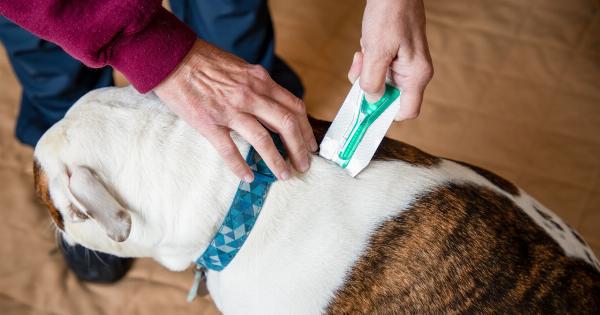Human beings have relied on dogs for a long time to detect cancer in the early stages. However, not many people know that insects such as bees and fruit flies can also help detect cancer in humans.
These insects are highly sensitive to smell, and their olfactory senses are impeccable, making them useful in detecting diseases like cancer. Researchers have been studying how these insects detect oppressive illnesses like cancer. They have found out that insects detect the smell of cancer through organic compounds present in an affected person’s urine, sweat, and breath.
Let us look at how insects detect human cancer through scent.
The Scent of Cancer
Human beings produce a range of organic compounds naturally. Some of these organic compounds come out through urine, sweat, and breath.
When a person suffers cancer, their body may produce specific chemicals that insects can detect using their sense of smell. Many scientists have tried to identify these organic compounds and use them to develop more effective cancer tests.
In a study published in 2014 by a team of researchers at the University of Konstanz in Germany, they found out that the detection of melanoma in urine could be done using honeybees.
The honeybees were trained to detect the unique chemical odors that could detect melanoma by providing the bees with sugary solutions every time they were exposed to them.
The Role of Bees and Fruit Flies in Detecting Cancer
Bees and fruit flies have an excellent sense of smell, and their perception of scent is far better than that of dogs. Bees, for instance, have a sense of smell that is 100 times better than that of a dog.
Besides, they have high intelligence, making it easier to train them to detect specific types of cancer or diseases.
In a study conducted by researchers at the University of California San Diego, bees were trained to detect breast cancer by teaching them how to differentiate between healthy cells and malignant ones.
The bees were put in a specially designed room and exposed to various odors. The odors that came from healthy cell cultures were different from those that came from malignant cell cultures.
Bees were then given a sugar solution every time they correctly identified malignant cells’ odor, hence teaching them to differentiate between malignant and healthy cells reliably.
How Bees and Fruit Flies Tell Us If Someone Has Cancer
The use of insects in detecting cancer is relatively new, and there is still a long way to go. However, experts are optimistic about how this technology could revolutionize cancer detection and diagnosis.
Insects can detect cancer by analyzing the scents of volatile organic compounds (VOCs) that emanate from a person’s skin. When a person has a disease like cancer, their body produces certain VOCs, leading to a distinct smell. Bees and fruit flies can discern the smell of cancer by using their sense of smell to detect the VOCs.
The insects are trained to associate the smell of a particular VOC with an award, such as sugar, every time they detect it.
The training allows the bees or fruit flies to keep detecting the specific VOC, and then in the future, the insect will recognize the particular scent that is being trained as the one associated with the reward. The benefit of using bees and fruit flies in cancer detection is that they are quick in detecting the scent of cancer, and they can easily transport the disease’s scent to a remote location where they can be identified through tests and analyzed.
Insects and the Future of Cancer Detection
While using insects to detect cancer is still in its early stages, researchers continue to work to develop this technology further. There is indeed hope that the use of insects in cancer detection could revolutionize the way cancer is diagnosed.
Cancer detection through insect scent could be invaluable, especially in countries where more expensive treatment options may not be available.
As technology improves and researchers develop new methods of cancer treatment and diagnosis, the use of insects like bees and fruit flies in cancer detection will continue to expand.
For now, it is essential to continue investing in research and development efforts aimed at fine-tuning the technology to its full potential.
The Bottom Line
In conclusion, insects like bees and fruit flies can detect cancer through scent. These insects’ sense of smell is impeccable, making them useful in detecting diseases like cancer.
The research in this area is still in its early stages, but scientists and researchers are optimistic that it could revolutionize the way we diagnose cancer today. As more research is carried out and technology improves, the use of insects like bees and fruit flies in cancer detection is expected to expand, making it an essential tool in diagnosing cancers and other diseases.





























